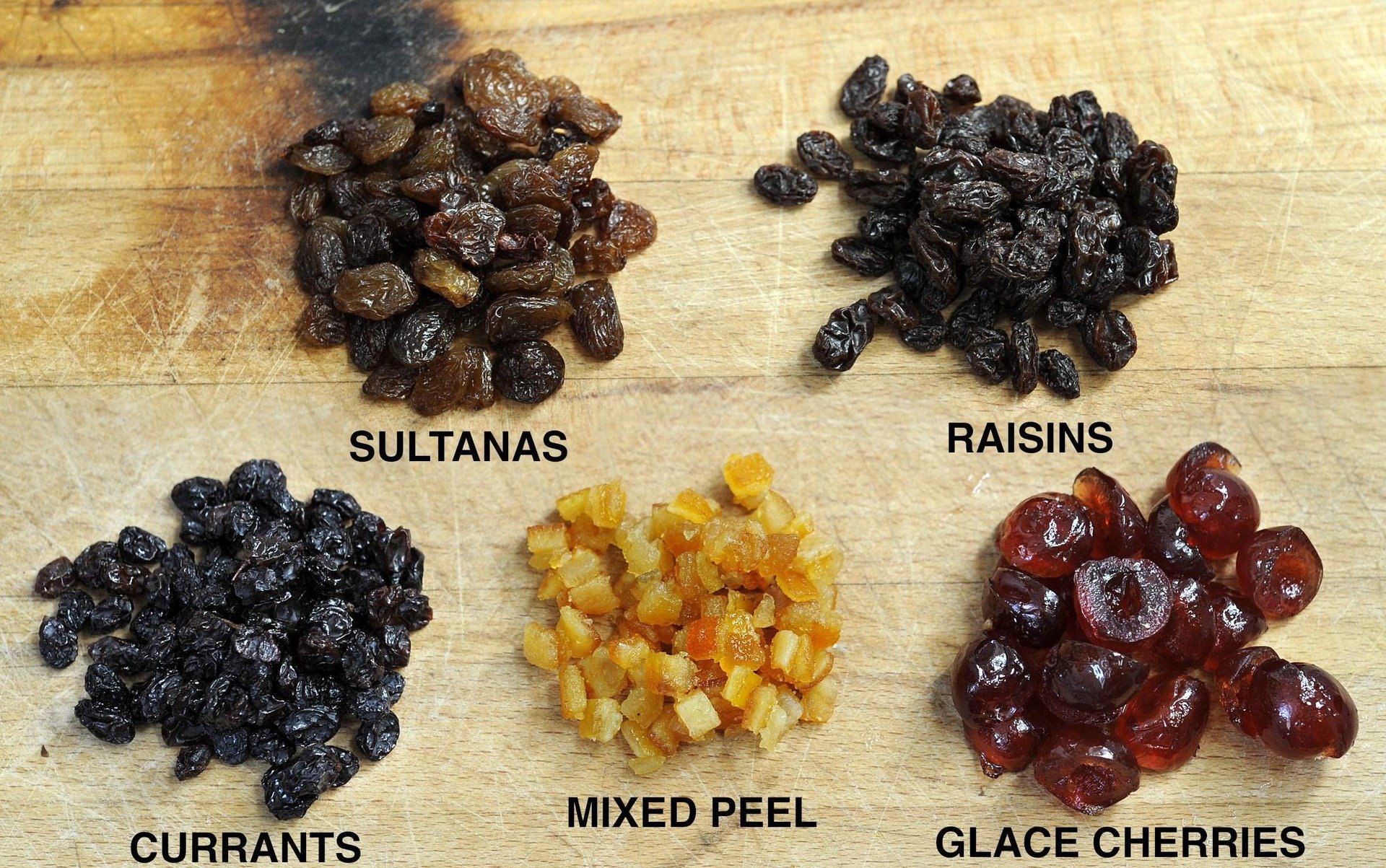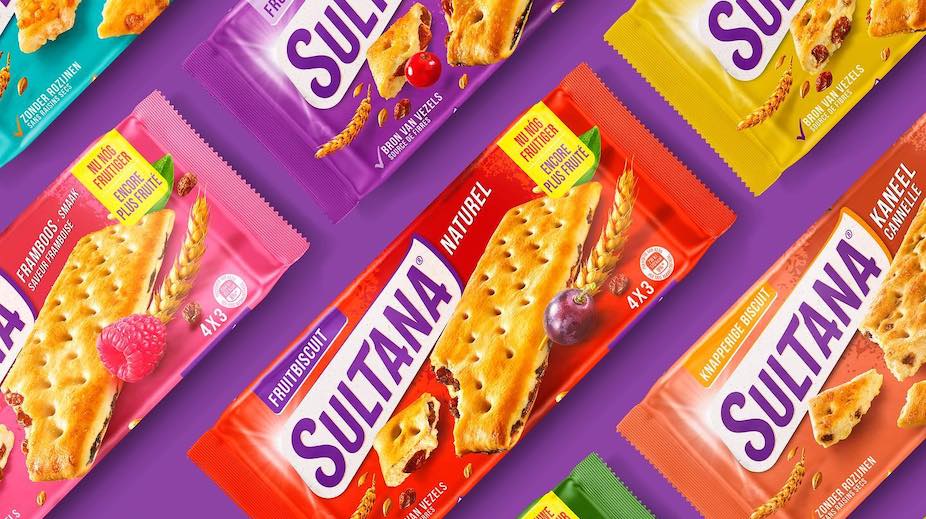Sultana Abdul Jabbar: Uncovering The Sweet Secrets Of Golden Raisins
When you hear something like "Sultana Abdul Jabbar," it might, you know, spark a little curiosity. People sometimes wonder what it really refers to. Well, actually, that particular phrase, or at least the "Sultana" part, often points us toward something incredibly sweet and truly versatile in our everyday kitchens: the golden raisin. This amazing little dried fruit, which is also known as a sultana raisin, has a really interesting story, and it's a key ingredient in so many treats we love. We're going to explore what makes these golden gems so special, so, what they are, how they get made, and just why they are such a beloved part of our food traditions.
You see, sultanas, or golden raisins as they are typically called in the US, are not just any dried grape. They are a specific kind of dried white grape, and they are seedless, which is a nice touch. They tend to have a beautiful golden color, and they are, in a way, much plumper and sweeter than some of their darker counterparts. This distinct look and flavor makes them a favorite for many different uses, from baking to just a simple snack. It's almost like they have their own unique personality in the world of dried fruits, offering a gentle sweetness that brightens up a lot of recipes.
In this article, we're going to take a closer look at these delightful sultanas. We'll explore their origins, how they are prepared, and why they hold such a special place in our culinary adventures. We'll also touch on some other interesting connections to the word "Sultana," just to give you a fuller picture. So, prepare to learn all about these little golden treasures and maybe even get some ideas for how you can use them in your own cooking and baking. It's really quite fascinating, you know, how much there is to know about something so small.
- Jackie Love Is Blind Trans
- Did American Pickers Mike Wolfe Die
- El Rincon De Luli
- Faye Dunaway Spouse
- Kwame Onwuachi Wife
Table of Contents
- What Exactly Are Sultanas?
- Golden Raisins in the US
- The Unique Qualities of Sultanas
- How Sultanas Are Made
- Where to Find Sultanas
- Sultanas in the Kitchen
- The Origins of Sultana Grapes
- A Different Kind of Sultana: The Historical Disaster
What Exactly Are Sultanas?
Sultanas are, at their core, dried white grapes, but they are of a seedless variety, which is pretty convenient. They are typically golden in color, and they tend to be much plumper than other raisins, and also, you know, noticeably sweeter. This particular combination of traits makes them stand out. They are not just any dried fruit; they possess a distinct character. When you bite into one, you can really taste that sweet, concentrated grape flavor. It's a taste that, arguably, has been enjoyed by people for centuries, a true staple in many food cultures.
These little golden nuggets start their life as light green grapes. They look very much like the fresh grapes you might buy to eat raw. The transformation from a fresh grape to a dried sultana is, in a way, a careful process that concentrates their natural sugars and gives them that characteristic chewiness. This drying process, which we'll talk about a bit more later, is really key to creating their unique texture and flavor profile. It's quite a change for a grape, going from juicy and crisp to sweet and chewy, but it's a change that, apparently, yields something truly delicious.
The term "sultana" itself has a bit of a history, and it's interesting how it has become so widely used for this particular type of dried grape. These grapes are a key ingredient in a very wide range of culinary applications. You might find them in baked goods, like cookies or cakes, or perhaps mixed into your morning oatmeal. They are also just a nice snack on their own, a simple way to get a little burst of natural sweetness. They are, in some respects, a very versatile ingredient that chefs and home cooks alike appreciate for their unique qualities.
- Aislinn Derbez Boyfriend
- Raquel Welch Breast Implants
- Little Clover Whispers Onlyfans Leaks
- Mike Wolf Tax Service Baltimore Md
- Roland Story Football Coach Fired
Golden Raisins in the US
In the United States, you'll often hear sultanas referred to as "golden raisins" or even "sultana raisins." This naming helps distinguish them from the darker, more common raisins, which are usually made from different grape varieties. The reason for their lighter color is that these grapes are treated with a preservative, typically sulfur dioxide. This treatment helps them retain their bright, lighter hue, preventing them from darkening as much as other raisins do during the drying process. It's a pretty important step in their production, really, as it gives them that signature golden look that people recognize.
This use of sulfur dioxide is a standard practice for golden raisins, and it's part of what gives them their unique appearance and, arguably, contributes to their slightly different flavor profile compared to darker raisins. Without this treatment, they would naturally turn a darker brown, much like regular raisins. So, when you see those bright, almost translucent golden raisins in the grocery store, you can be pretty sure they've undergone this specific process. It’s a detail that, you know, makes a difference in their final presentation and taste, setting them apart in the dried fruit aisle.
It's interesting how a simple preservation method can so dramatically change the final product's appearance. The choice to keep them golden is largely about consumer preference and visual appeal in dishes. People often associate that golden color with a certain sweetness and a lighter taste, which is what sultanas deliver. They are, in a way, a testament to how food science and tradition can come together to create a beloved food item. You can, apparently, purchase these golden raisins at most grocery stores, making them quite accessible for everyone.
The Unique Qualities of Sultanas
A sultana is really known for its light golden color, which is truly distinctive. Beyond just their appearance, they also have a plump look and feel. They are not shriveled or dry; instead, they possess a pleasant plumpness that makes them satisfying to eat. This plumpness is a sign of their moisture content, which contributes to their soft, chewy texture. It's a quality that, you know, makes them a joy to bite into, offering a nice contrast to crunchier ingredients in a mix.
Their flavor is another key characteristic. Sultanas tend to be sweeter compared to darker raisins. This sweetness is a natural result of the grape variety they come from and the drying process, which concentrates the sugars. This makes them particularly good for recipes where you want a gentle, fruity sweetness without an overpowering dark raisin flavor. They are, in some respects, a more delicate option. This sweeter flavor profile means they blend really well into a variety of dishes, adding just the right amount of sugary goodness without being too intense, which is nice.
The combination of their light color, plump appearance, and sweeter flavor gives sultanas a unique appeal. They are, arguably, a preferred choice for many bakers because they don't darken the appearance of light-colored cakes or pastries. Also, their tender texture means they stay soft even after baking, which is a real plus. It’s these specific qualities that make them a favorite for a lot of people, and they really do stand out in the world of dried fruits. Learn more about golden raisins on our site, and perhaps you'll find a new favorite recipe to try.
How Sultanas Are Made
To create sultanas, grapes are dried, and there are a couple of ways this can happen. Traditionally, grapes might be dried in the sun, spread out on trays where the sun's warmth gently removes the moisture. This method is pretty old, but it still works well, allowing the grapes to slowly transform into those sweet, chewy sultanas we know. It’s a natural process that, in a way, relies on the elements to do the work. The sun, you know, plays a very important role in this traditional approach, gradually coaxing the water out of the grapes.
Additionally, commercial sultana production often involves specialized equipment and facilities. These modern methods help ensure consistent quality and safety, which is really important when producing on a larger scale. These facilities can control factors like temperature and humidity, leading to a more uniform product. This means that every batch of sultanas you buy is pretty much going to be the same in terms of quality and taste, which is nice for consumers. It's a process that, apparently, combines both traditional wisdom and modern technology to get the best results.
The drying process, whether traditional or commercial, is what concentrates the sugars in the grapes, giving sultanas their characteristic sweetness. It also removes most of the water, making them shelf-stable and easy to store for a long time. This is why dried fruits, like sultanas, have been such an important food source throughout history, providing a way to preserve fruit harvests for later consumption. They are, in some respects, a very practical food item, offering both nutrition and a long shelf life. You might be surprised, too, just how much goes into making these small, sweet treats.
Where to Find Sultanas
You can purchase sultanas at most grocery stores, which makes them very accessible for everyday cooking and snacking. They are typically found in the dried fruit section, often right next to other types of raisins and dried berries. They usually come in bags or containers, ready for you to take home and enjoy. It's pretty easy to spot them, given their distinct golden color, which, you know, makes them stand out from the darker raisins. So, finding them for your next recipe should be no problem at all.
Beyond standard grocery stores, you might also find sultanas at specialty food shops, bulk food stores, or even online retailers. These places might offer different brands, organic options, or larger quantities, depending on what you're looking for. Sometimes, you'll even see them in health food stores, where they are valued for their natural sweetness and nutritional content. It’s nice to have so many options, really, especially if you use them a lot. They are, in a way, a very common ingredient that's widely available, which is always a plus for home cooks.
When you are buying sultanas, it's always a good idea to check the packaging for freshness and make sure they look plump and golden, just like they should. A good sultana will feel soft and slightly moist, not hard or brittle. This ensures you're getting the best quality for your culinary needs. They are, apparently, a very popular item, so stores tend to keep their stock fresh. This widespread availability means you can always have these sweet little gems on hand for whenever inspiration strikes in the kitchen, which is pretty convenient.
Sultanas in the Kitchen
These grapes are a key ingredient in a very wide range of culinary applications. From baking and snacking to cooking savory dishes, sultanas bring a unique sweetness and texture. In baking, they are perfect for things like fruitcakes, muffins, cookies, and bread puddings. Their plumpness and sweet
- Roland Story Football Coach Fired
- Blake Shelton Salary On The Voice
- Did Kevin Hart Get An Oscar For Jumanji
- Katie Ledecky Parents
- Is Ben Chan Gay

Sultanas - Mais Receitas - Cozinhar é fácil

Sultanas

Sultana lanceert nieuwe verpakking met frisse look